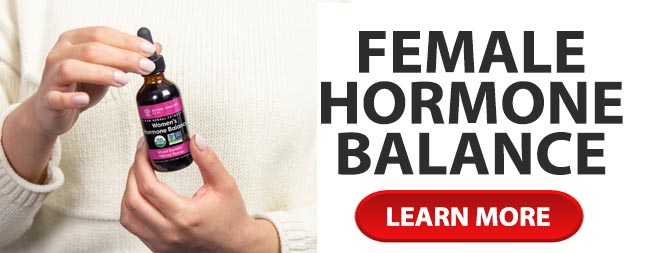Menstruation. Every woman has the experience and every woman has her own personal thoughts about how it affects her life.
Menstruation is the visible phase of the menstrual cycle that is counted from the first day of bleeding of one cycle to the day before the 1st day of bleeding of the next. Menstruation is the time in a woman’s life that marks the reproductive years. The beginning of menstruation is called menarche and the end of this period is called menopause. (1)
It is important that all woman recognize what is a normal cycle so they can recognize symptoms that are not normal that may indicate the beginning of a dysfunction or illness.
The bleeding that women experience each month is actually the end of a 25 to 35 day process when the body prepares to become pregnant. A normal period lasts from 3-7 days using the first day of bleeding to count. Although the process is usually 25-35 days long, teenage girl\’s cycles are not normally regular until they have had their period for several years.
The most common characteristic of a normal cycle includes vaginal discharge around the middle of the cycle, blood flow for 3-7 days, cramps, bloating, breast tenderness, moodiness and a change in body odor during perspiration. Women must learn their particular body changes each month so they can anticipate the start of their period and when changes occur that aren’t normal for them.
Cramping is a common complaint and accounts for the majority of school and work loss time for women. Cramping can be a problem only if the pain is not relieved by over the counter medications and are severe. Menstrual cramps can happen in lower abdomen, upper thighs and lower back. Women describe the pain as dull, aching and spasmodic.
During menstruation the blood flow can be light, moderate or heavy depending upon how thick the uterine lining became that month. Most women notice a fluctuation in the blood flow each month but the average loss is usually similar from month to month.
Vaginal discharge can be unhealthy and is associated with bacterial infections, an unpleasant odor and often itching, irritation and painful urination. Vaginal infections are called vaginosis. When vaginosis is caused from bacterial infections the discharge can be clear, milky white or grey. The pain and irritation are usually worse near menstruation.
Yeast is another form of infection. 75% of women will have a yeast infection at least once during their lives. In a yeast infection the discharge is white with a cottage cheese consistency. Yeast infections are caused by hormonal changes, tight fitting clothing, wearing wet bathing suits for an extended time periods, diabetes, being overweight and the use of antibiotics. (2)
Women should avoid using douches or heavily fragranced soaps and sprays. Clean the vaginal area with mild soap outside the vaginal area. Wear loose clothing, cotton underwear and pantiliners are encouraged. Women should also remember to wipe from front to back, reduce their stress level and keep diaphragms and medication applicators clean. (3)
Another element is known as amenorrhea or the absence of menstruation. Young girls should begin their periods by the age of 16 or she should consult a doctor. Secondary amenorrhea happens in women who were previously menstruating but stop for at least 3 cycles. Potential causes of secondary amenorrhea include extreme weight loss, stress, eating disorders, excessive exercise and of course, pregnancy. The loss of menstruation can lead to osteoporosis and should be addressed quickly, if it is not the result of pregnancy.
Women can put this all together and ask themselves these questions:
*Has your cycle undergone any major changes?
*Are your periods extremely heavy or light?
*Are your cramps debilitating?
*Is vaginal discharge and odor heavy and strong?
Consider all of these factors to determine if your cycle is normal or if you should seek the advice of your doctor.
(1) WomensHealth.gov: Menstruation and the menstrual cycle fact sheet
(2) Michigan State University: Causes of Yeast Infections
(3) Virginia Tech Schiffert Health Center: Daily Feminine Hygeine

